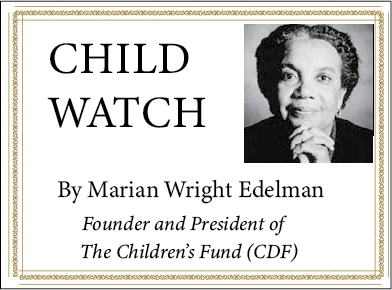 The march toward privatization of public schools is long and relentless. I date it from the famous article by the conservative economist Milton Friedman in 1955.
The march toward privatization of public schools is long and relentless. I date it from the famous article by the conservative economist Milton Friedman in 1955.
Fried argued that primary and secondary education in the United States should be reorganized entirely under a market-based system, where parents would be given vouchers to purchase their children’s education in the private market place.
To understand Education Secretary Betsy DeVos’ actions today is to understand that some conservatives currently have the same objective that Friedman laid out—the abolishment of the public school system.
Back in 1955, Friedman’s proposal was considered so radical that in the beginning even many conservatives would not touch it. Two decades later, however, the Alum Rock School District in Santa Clara County in California implemented a demonstration project for Friedman’s idea.
This experiment changed the Alum Rock school system from a public operation to a market system. After three years of operation the experiment was discontinued as various dimensions of the system did not materialize as expected. Critically, they failed to find a local constituency for the experiment. A key issue expressed was that parents had not been as assertive as expected.
A few years later in the late 1980s conservatives found a new way to install this so-called market-oriented system—use parents in the ghettos in Milwaukee. These African American parents were willing to try any reasonable plan to improve the education of their children. Unwittingly, they became a part of this movement to destroy public school systems.
Later, in the 1990s, in Cleveland, Ohio, vouchers were employed with the following effects.
The American Federation of Teachers (AFT) calculated that $5.25 million dollars of public money was spent giving private school vouchers to 1,994 children (only 664 of whom were former public school students). AFT argued that with that same money, the school district could have helped 40,000 children with an intensive reading and math program that was getting excellent academic results with inner city kids.
This development was ironic as blacks in the south had turned their backs on the voucher system because of its use during the days of southern resistance to school integration. In some southern states during the 1960s, school vouchers were used as a way to perpetuate segregation. Often public schools were closed and vouchers were issued to parents to use in purchasing their children’s education. The system was limited to white parents because the vouchers—from public funds—were only good at private segregated schools.
The more recent voucher systems were built on the duress of African American parents. And, in essence it looked like African Americans were being used to undermine educational systems that they helped bring about in the south.
During reconstruction, when African Americans were the majority of the legislature in South Carolina they established the first state public school system in the South. Afterwards the idea spread to create such systems in all southern states.
Currently, voucher programs are steadily being implemented across the country. There are 27 states plus the District of Columbia with these programs. However, they are being outpaced by the growth in charter schools, which are becoming the major forms of this anti-public school movement. Apparently, there is more money to be made there.




